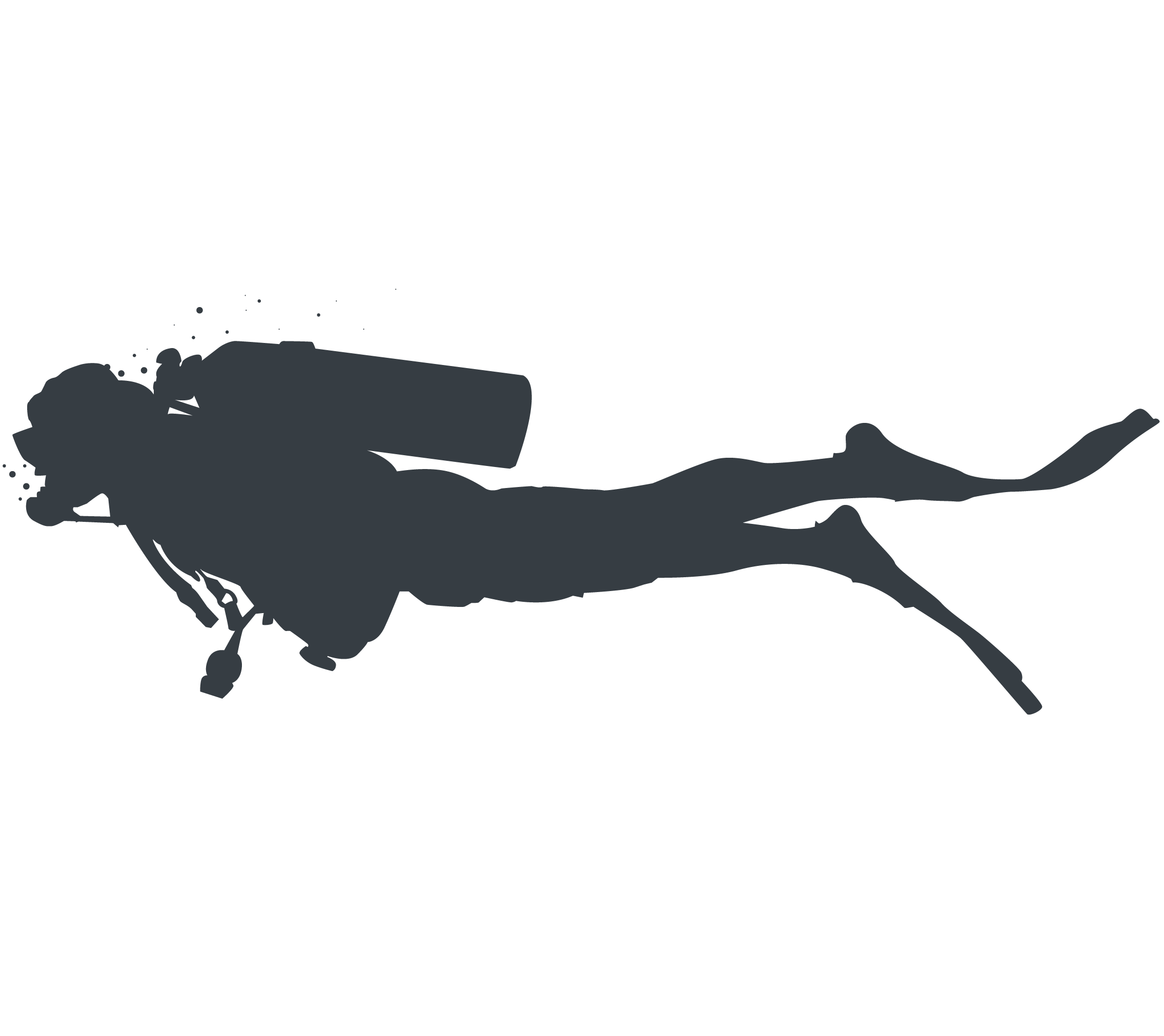Talk to your coach or organization, if applicable, about the prevention strategies below and how they might be incorporated into training and policies.
Consecutive Daily Dives
The completion of identical daily dives can reduce the odds of having decompression sickness on consecutive days. This suggests that protective adaptations take place after a diver completes more dives.
Diving Resources
The Divers Alert Network (DAN) is the world’s largest association of recreational scuba divers. Being affiliated with this network gives you access to resources for provision of emergency assistance, medical information resources, educational opportunities, and more. Members help to build a better picture of scuba-related injuries by reporting incidents and injuries.
AdventureSmart is a national program providing information to keep you safe while participating in outdoor recreational activities. Learn more about scuba safety.
Education
Ascent training can reduce the risk of decompression sickness. This was specifically studied among Vietnamese fisherman divers, where they were educated on in-water recompression techniques. It is also suggested that using a pre-dive checklist can decrease the incidence of major mishaps by 36%.
Sleep, Vigilance and Sport Injury Prevention
Being successful in physical activity requires a high degree of alertness, also known as vigilance. Sufficient sleep helps your body to recover, allows you to achieve your goals, and reduces your risk of injury. Getting less than 8 hours of sleep can increase your rate of injury by up to 70%! Watch this video to learn more about how sleep and vigilance are connected.
Sport-related Physicals
Scuba diving is a physically demanding sport and some pre-existing conditions may increase the risk of injury. An annual sport-related physical evaluation ensuring fitness to participate can help to reduce the risk of injury. KidsHealth provides information about what sports physicals are, why they may be appropriate and where you may go to get them.
Learn more about Kids Health Sports Physicals.






